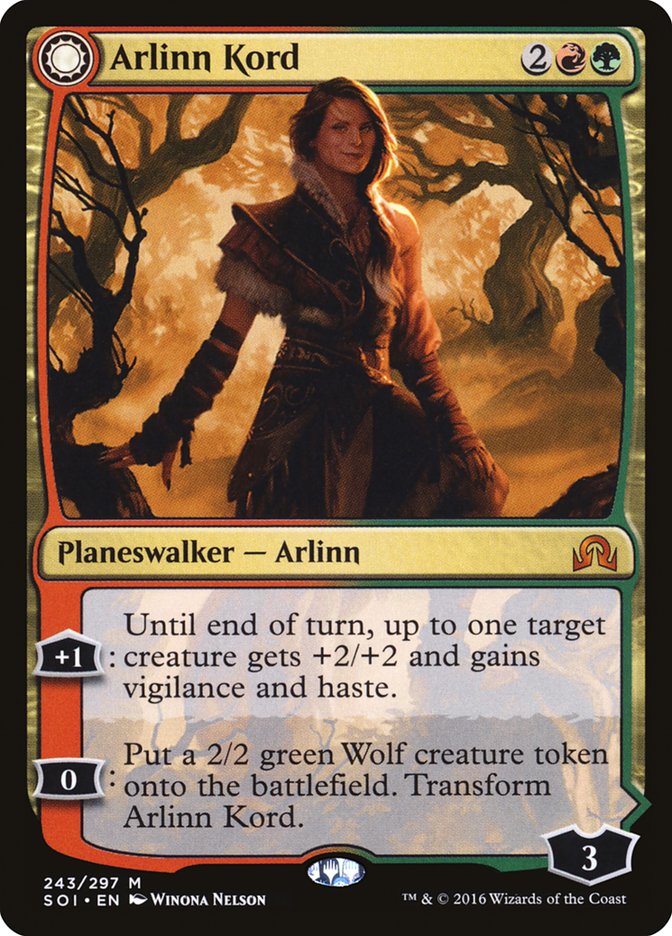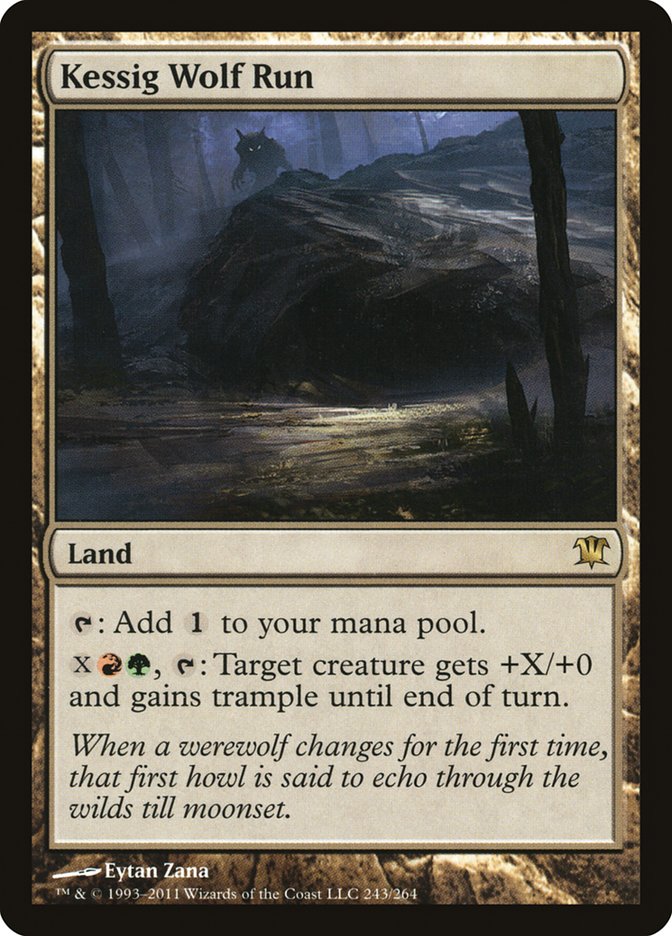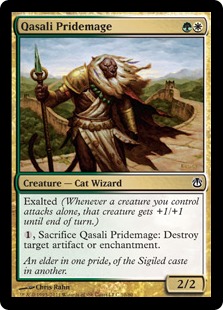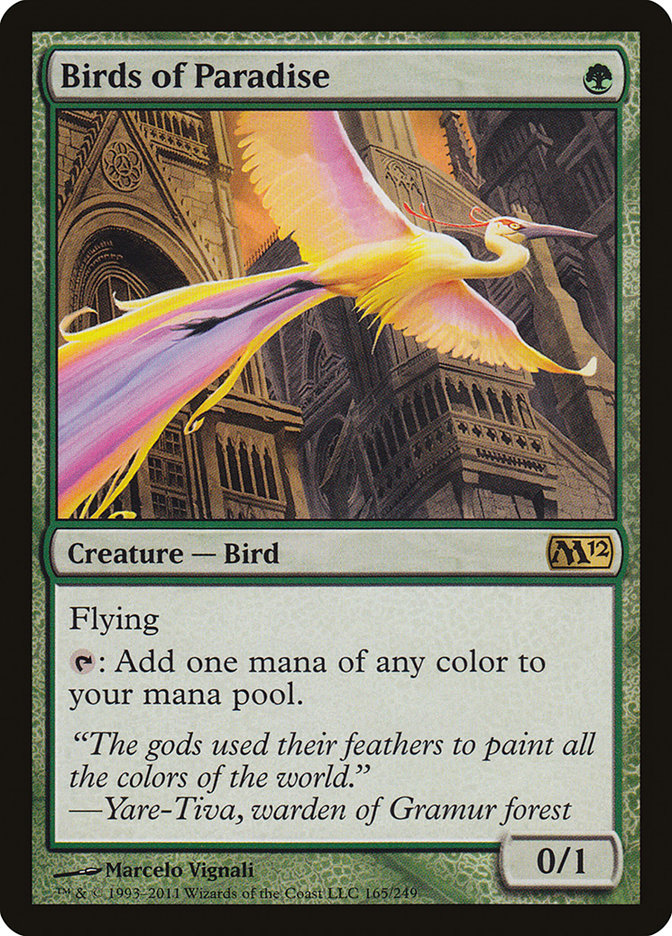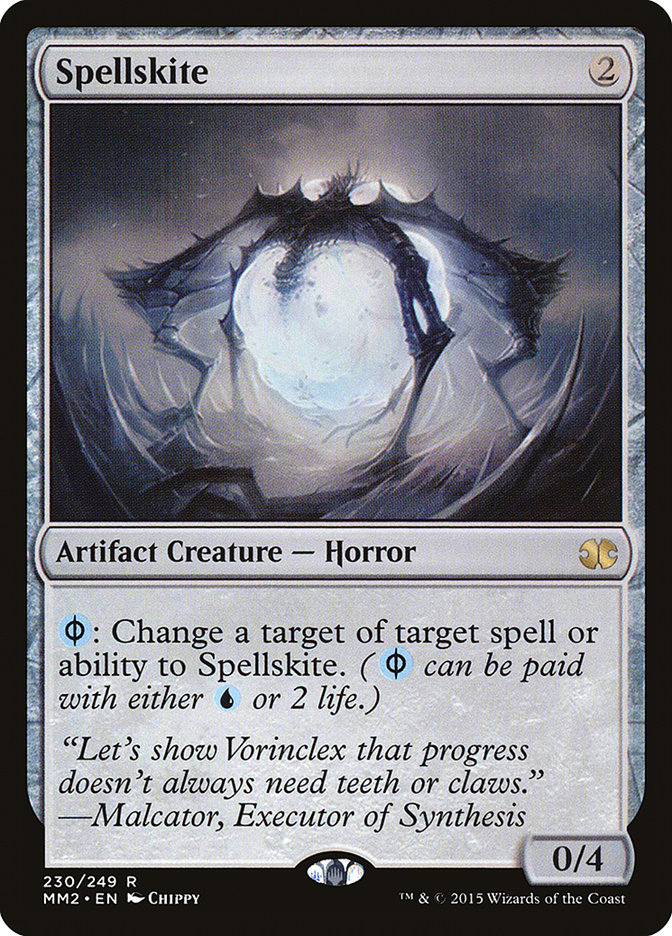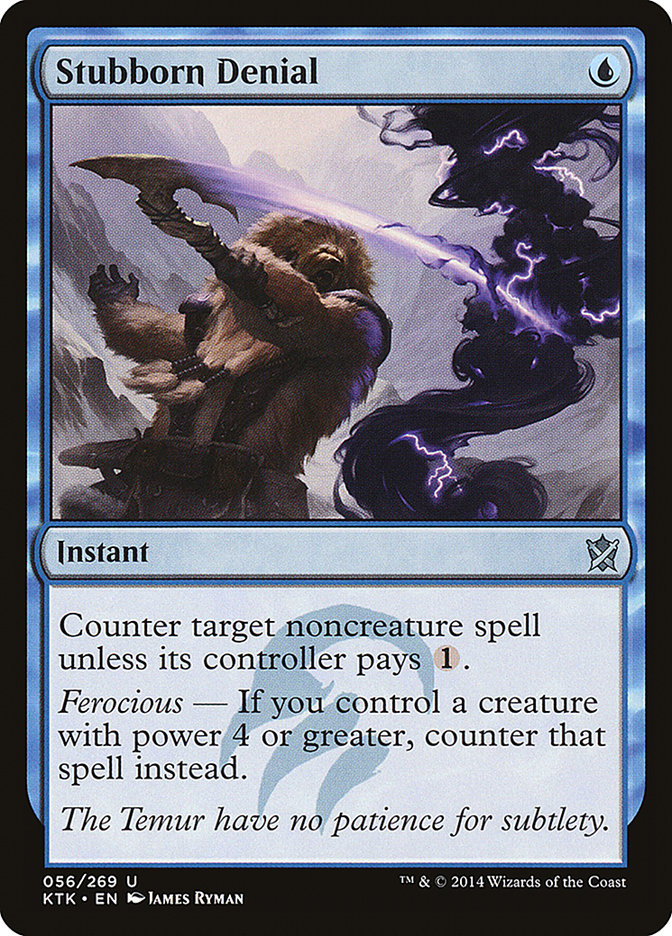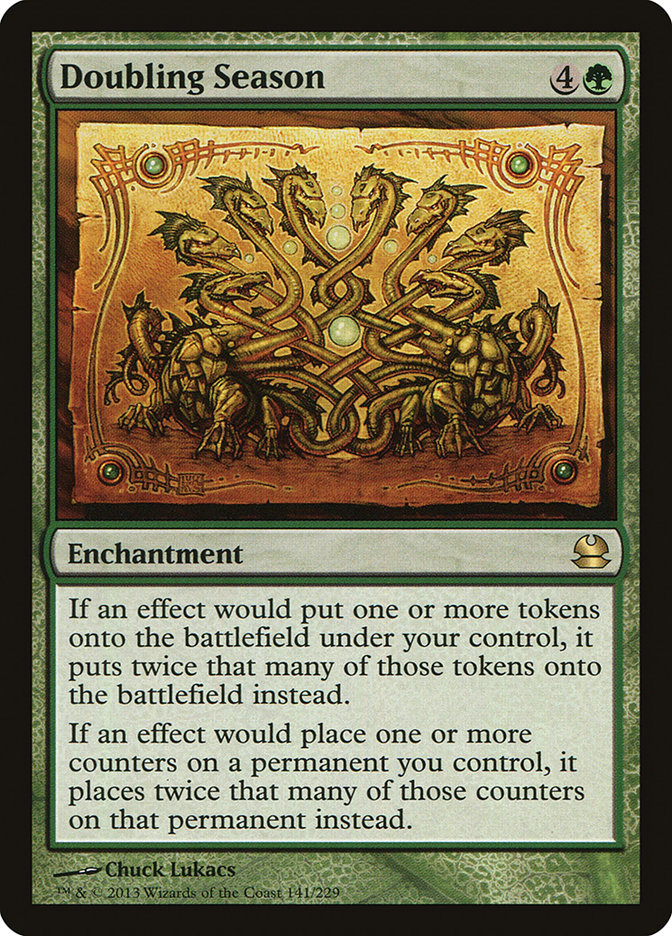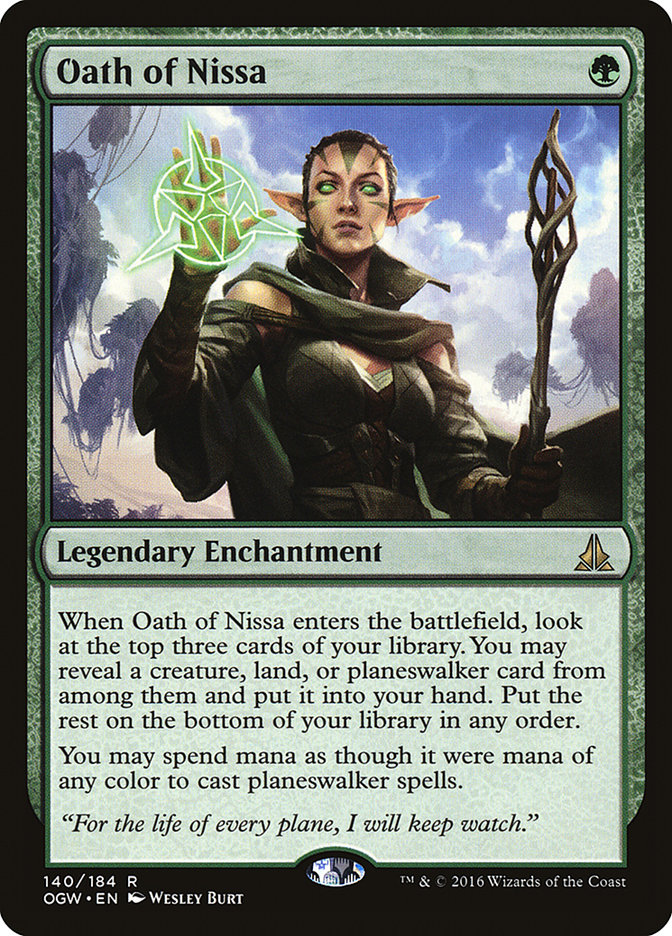This weekend we have #SCGDFW, which will be a return to Modern. Modern is an extremely healthy format that has dozens of viable archetypes that could win the tournament. Being from the Dallas Metroplex myself, this tournament is right in my backyard, and I can’t wait for it. Today I want to highlight the updates to four decks that I’ve been known to play in the past.
Creatures (26)
- 4 Tarmogoyf
- 4 Wild Nacatl
- 4 Noble Hierarch
- 4 Knight of the Reliquary
- 1 Qasali Pridemage
- 3 Scavenging Ooze
- 3 Loxodon Smiter
- 3 Voice of Resurgence
Lands (22)
Spells (12)

In my opinion, Naya Company is the most underrated deck in all of Modern. At first glance, the deck just looks like a pile of random creatures thrown together, but they all have something very important in common:
They are all very good against Lightning Bolt. Lightning Bolt is the most-played card in the history of Modern, and many decks rely on the removal spell’s efficiently and versatility. However, many creatures in Naya Company are naturally good against the card because of their size.
Not much has changed with the deck since I played it in January and made back-to-back Open Top 8s with it. I have tried out Duskwatch Recruiter, Tireless Tracker, and Arlinn Kord to no avail. The biggest problem with Duskwatch Recruiter and Tireless Tracker is that they are very bad against Lightning Bolt and allow the powerful instant to trade up on mana against you. Even though they have built-in card advantage, they were oftentimes too slow for what the deck was trying to accomplish.
I haven’t given up yet on Arlinn Kord, but she has been hit-or-miss so far in testing. Her plus ability is exactly what I want in the deck and has amazing synergy with Knight of the Reliquary. Giving a Knight haste and vigilance will allow it to attack and use its ability during combat, which can create an obscene amount of damage out of nowhere when paired with Kessig Wolf Run. However, it’s hard for Arlinn Kord to replace the deck’s namesake card, Collected Company, in the four-mana slot.
The main reason that I have not played Naya Company on The SCG Tour® since January is because of the rise in popularity of Abzan Company. Abzan Company is Naya Company’s worst matchup because of their ability to gain arbitrary life quickly and consistently. A third Scavenging Ooze has been added to the maindeck to help combat Abzan Company, but it is not enough to consistently win. Another option that I have been testing is to drop Collected Company altogether and replace them with the three planeswalkers from the sideboard. This allows me to play three Grafdigger’s Cage in the sideboard to tip the scales in my favor. This plan is viable against other creature and removal decks but is much worse against popular ramp strategies such as Tron and Scapeshift.
Creatures (29)
- 4 Birds of Paradise
- 3 Eternal Witness
- 2 Wall of Roots
- 4 Kitchen Finks
- 1 Murderous Redcap
- 3 Noble Hierarch
- 1 Qasali Pridemage
- 3 Viscera Seer
- 2 Spellskite
- 2 Melira, Sylvok Outcast
- 1 Fiend Hunter
- 2 Anafenza, Kin-Tree Spirit
- 1 Archangel Avacyn
Lands (23)
Spells (8)

Abzan Company is the second deck I’m considering for this weekend, and here is a good place to start. Andrew Maine has had an impressive Season Two on The SCG Tour®, mostly on the back of Abzan Company. His new technology has been to add a copy of Archangel Avacyn to both the maindeck and the sideboard to combat opponents’ removal, especially sweepers. I have been a fan of playing the Archangel of Thune / Spike Feeder combo in the maindeck to get around graveyard hate, but I like his use of Archangel Avacyn instead, as well as Qasali Pridemage to destroy a troublesome artifact or enchantment.
Three of the Top 8 decks at both the #SCGINVI in Columbus and #SCGMKE were Abzan Company, and it was looking like it might be the best deck in Modern. However, everyone came prepared with plenty of sideboard hate two weeks later at #SCGINDY, and not a single Abzan Company deck made Day 2. Will everyone still respect the power of Abzan Company and have the same dedicated hate for it, or has it left the spotlight just enough to become the best choice for #SCGDFW?
Creatures (26)
- 2 Tarmogoyf
- 4 Noble Hierarch
- 4 Drowner of Hope
- 4 Eldrazi Displacer
- 4 Reality Smasher
- 4 Thought-Knot Seer
- 4 Matter Reshaper
Lands (24)
Spells (10)

This is my updated Bant Eldrazi deck. If you haven’t seen this deck yet, check out this article I wrote last month about the inception of the deck. I played Bant Eldrazi at the last Modern Open, #SCGINDY, to much success. I did not play my best at all in the tournament, but the power level of the deck carried me to an 11-4 finish. As you can imagine, Bant Eldrazi is on my shortlist to sleeve up for #SCGDFW this weekend.
Besides changing the manabase slightly, the maindeck has seen little change. The World Breaker was unnecessary in many Games 1, and replacing it with the fourth Eldrazi Displacer improves the deck’s consistency. The most controversial card in the deck is Tarmogoyf. Many people I talked to after the tournament did not believe Tarmogoyf was the best card to use in that slot, and since then I have tried a dozen or so other options.
For a while I was convinced that the correct number of mana creatures was five, and I was playing a Birds of Paradise. I was also playing multiple Spellskites to improve the Infect matchup as well as have a pseudo-protection spell for my more valuable Eldrazi. However, my win percentage with these creatures was much lower than when I had Tarmogoyfs in the deck, and in practice they just weren’t doing enough.
I am currently playing two Tarmogoyfs in the maindeck again, and I am happy to have it back. Tarmogoyf always has a much greater impact on the actual games than it looks like it would have on paper. I am still only playing two, though, which leaves me two extra slots to have additional interaction. Stubborn Denial has been an all-star against almost every deck. People don’t play around Force Spike at all, mainly because there has been no reason for them to, and it isn’t too hard to turn Stubborn Denials into one-mana Negates.
Stubborn Denial maindeck has been so good so far that I am considering adding more counterspells to the deck. So far, I believe having access to two in the main is enough, but that may change with more testing. Bant Eldrazi is already one of the best decks in Modern and has plenty of room for innovation and improvement.
Creatures (12)
Planeswalkers (15)
- 1 Garruk Wildspeaker
- 1 Gideon Jura
- 1 Jace, Architect of Thought
- 1 Ral Zarek
- 2 Xenagos, the Reveler
- 1 Elspeth, Sun's Champion
- 1 Chandra, Flamecaller
- 3 Nissa, Voice of Zendikar
- 4 Nahiri, the Harbinger
Lands (21)
Spells (12)

This may look like a glorified Commander deck, but I truly think it can be a contender in Modern. For those of you unfamiliar with the deck, Ross Merriam featured it on a Daily Digest last week after I went 5-0 in a competitive League with it on Magic Online. I originally made the deck on-stream as just a fun way to play planeswalkers, but it has evolved into a real and competitive deck.
The deck is built around three powerful enchantments, most notably Oath of Nissa, which allows you to cast all of your planeswalkers effortlessly while smoothing out your draw. Oath of Nissa also adds to your green devotion count when you have Nykthos, Shrine to Nyx and allows the green mana generated by the Shrine to cast all of your planeswalkers.
Doubling Season is the most powerful enchantment in the deck and is a large part of your best draws.
Casting a Doubling Season on turn 3 is not difficult with fifteen mana accelerants, and that allows many of your planeswalkers to ultimate immediately on turn 4. With Doubling Season on the battlefield, each planeswalker you cast enters the battlefield with twice as many loyalty counters as normal, because entering the battlefield is considered an “effect” that adds the loyalty counters.
(It’s important to note that using a plus ability of a planeswalker does not add twice as many counters as normal with Doubling Season on the battlefield because an “ability” is adding loyalty counters instead of an “effect.”)
Blood Moon can easily be overlooked to someone new to the deck, but it is responsible for many victories. This is the best Blood Moon deck in Modern for multiple reasons. First, with the fifteen mana accelerants, Blood Moon is often a turn 2 play, which is difficult for most decks to get around. Second, Oath of Nissa allows us to cast all of our planeswalkers even with a Blood Moon on the battlefield. This two-card combo has been so good at slowing down opponents that I moved two Blood Moons to the maindeck, and I could see room being made for more than two.
Each planeswalker fills an important role in the deck, and because of Oath of Nissa, I like having the variety. The deck does not play traditional removal spells, but several planeswalkers fill that role. It’s especially satisfying to tap an opposing artifact or creature with Ral Zarek in order to exile it with Nahiri, the Harbinger.
The deck is still new and has plenty of room for improvement, but I believe it is ready to bring to #SCGDFW. I have tested almost every Modern-legal planeswalker in the deck in the past couple of weeks, and I am quite satisfied with the current numbers. However, I also would like to test the deck as more of a Green Devotion build. Cutting blue completely along with some of the more expensive planeswalkers would allow room for more Garruk Wildspeaker and Doubling Season. It may prove to be more successful to adjust the deck to be a combo-and-ramp deck instead of a midrange-style deck.
These are my four favorite decks that I am deciding between for #SCGDFW, and I believe that you can also do well with any one of them. Modern is still a format in flux since the recent unbannings of Ancestral Vision and Sword of the Meek, and innovative decks are popping up all over the place. Come on out to #SCGDFW and bring your favorite deck; frankly, any deck could win it!



